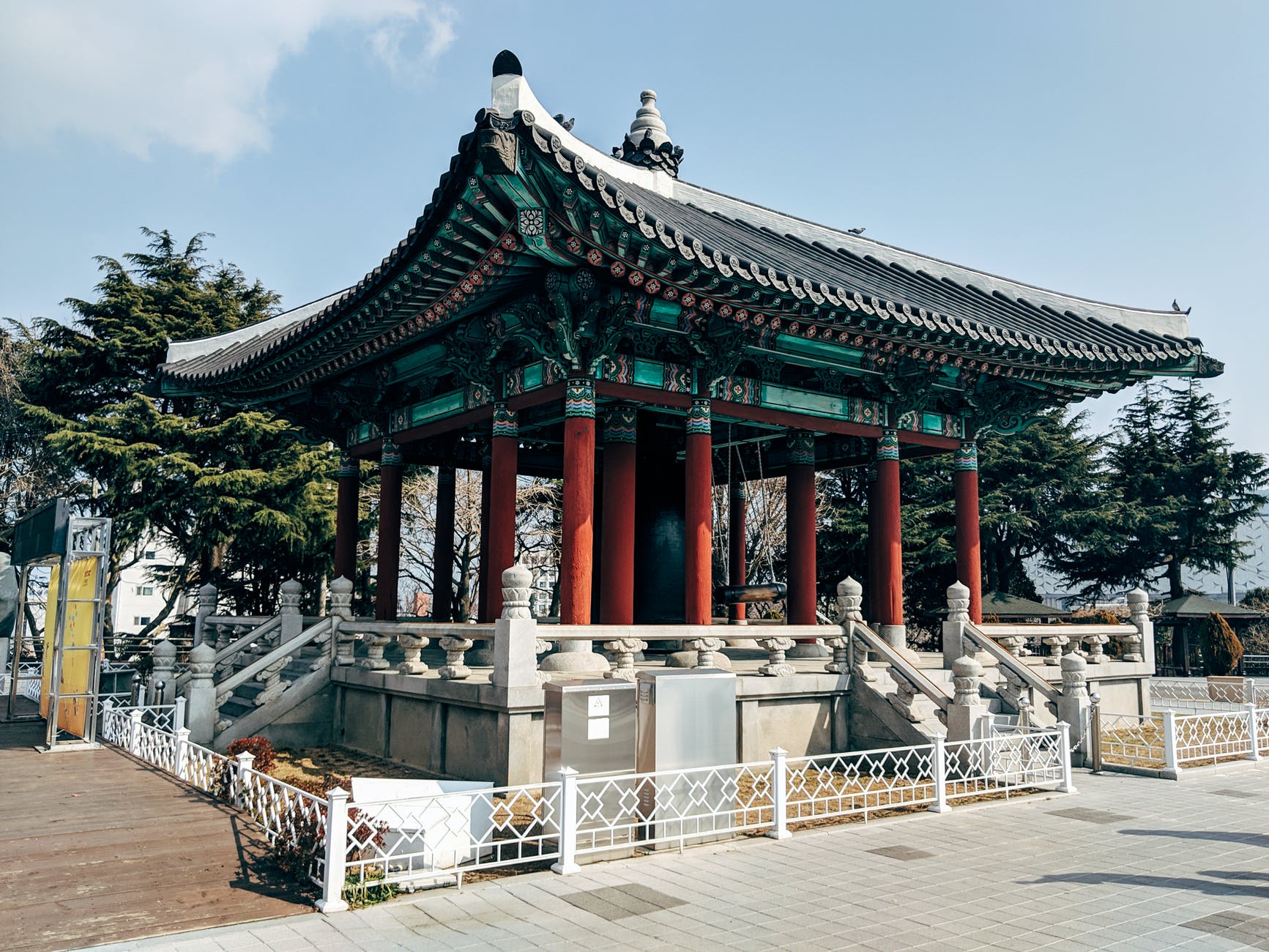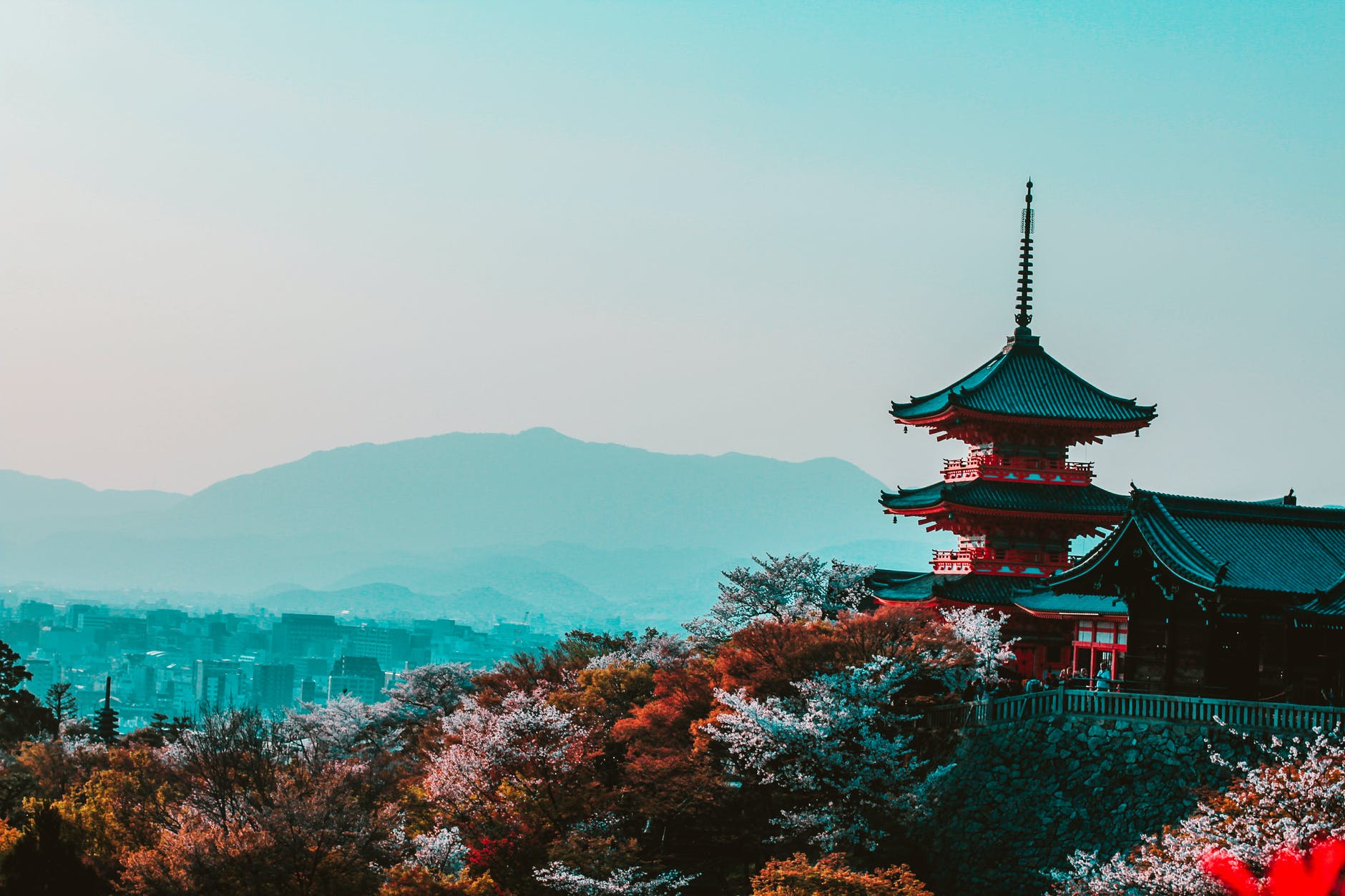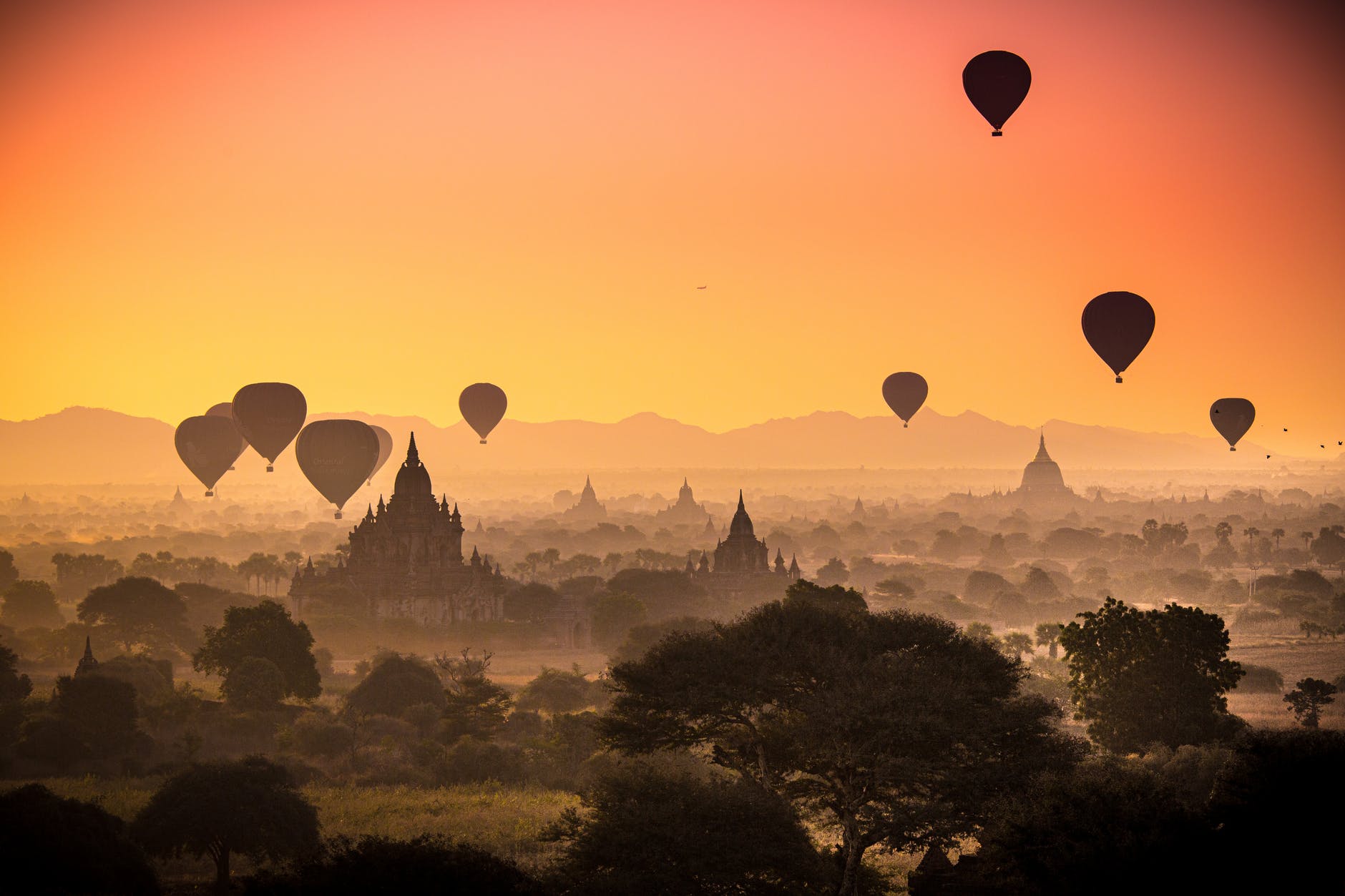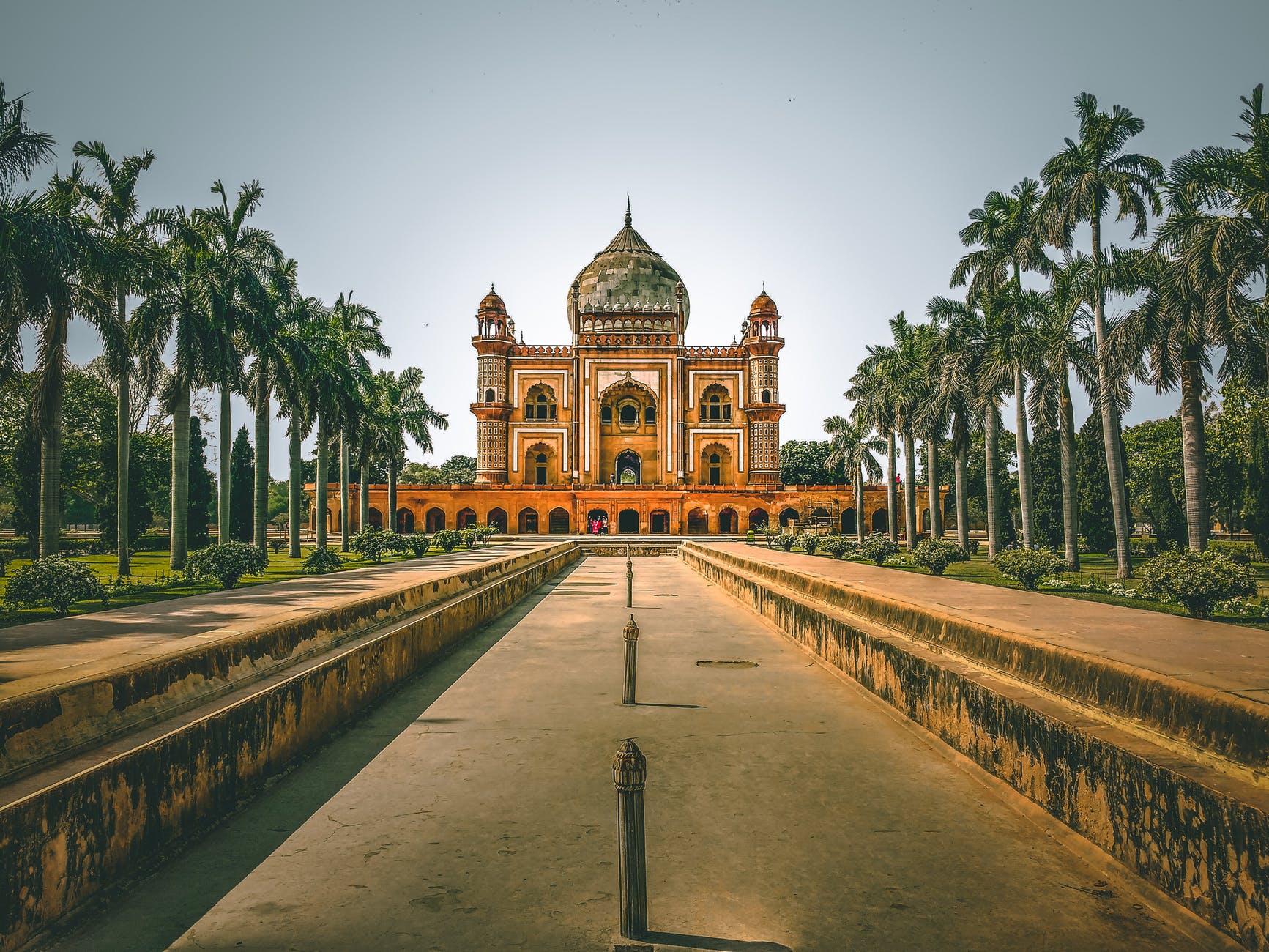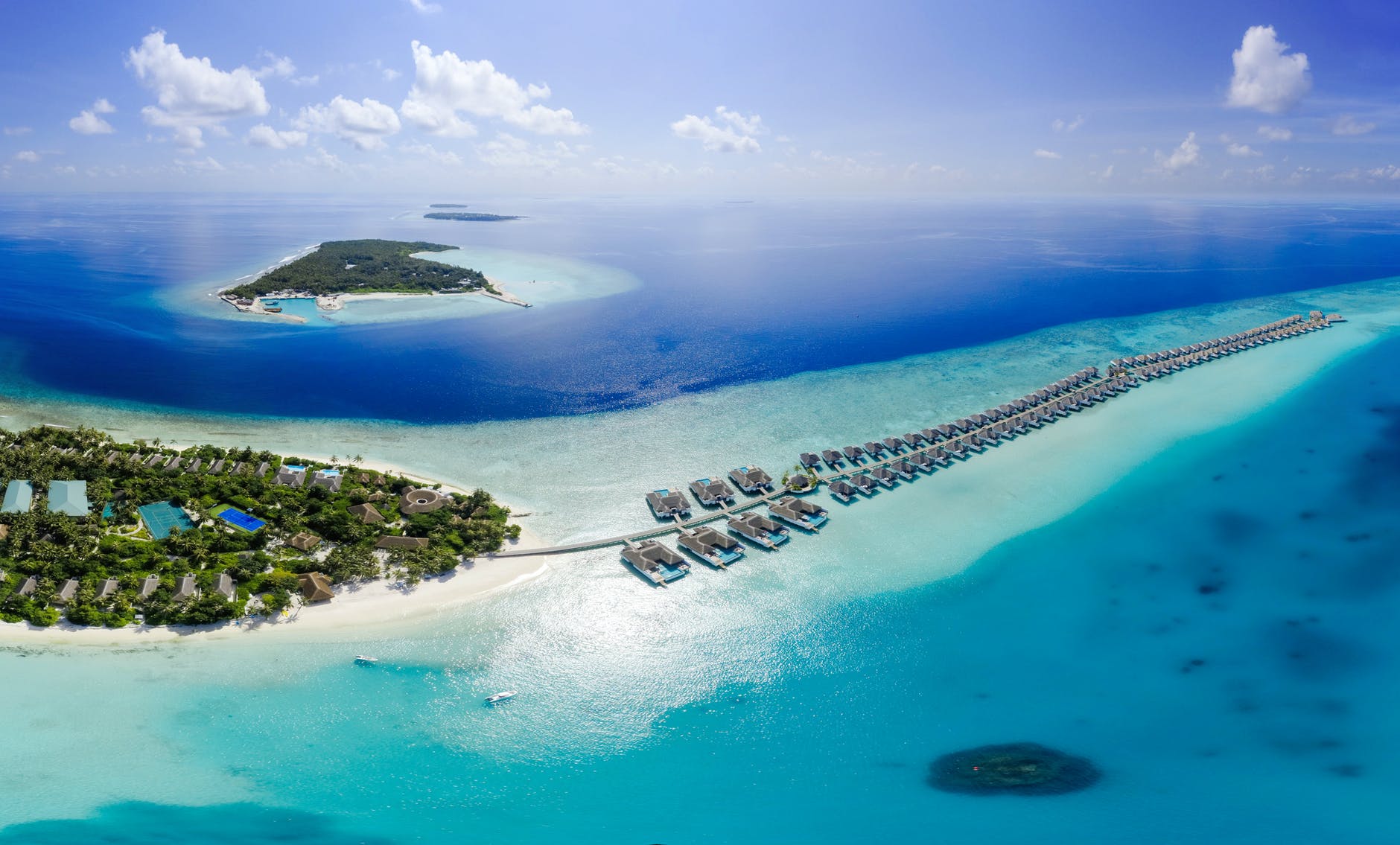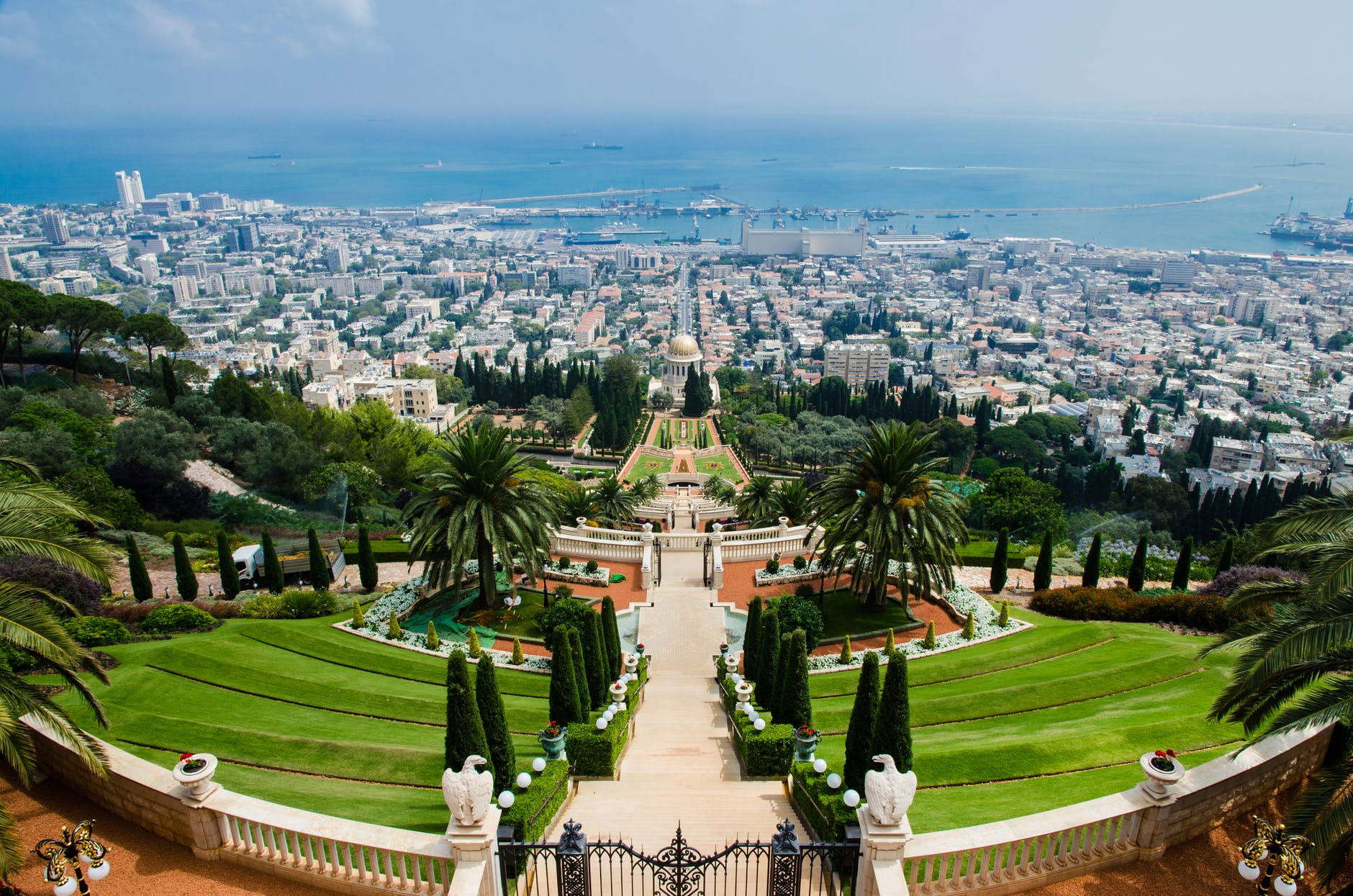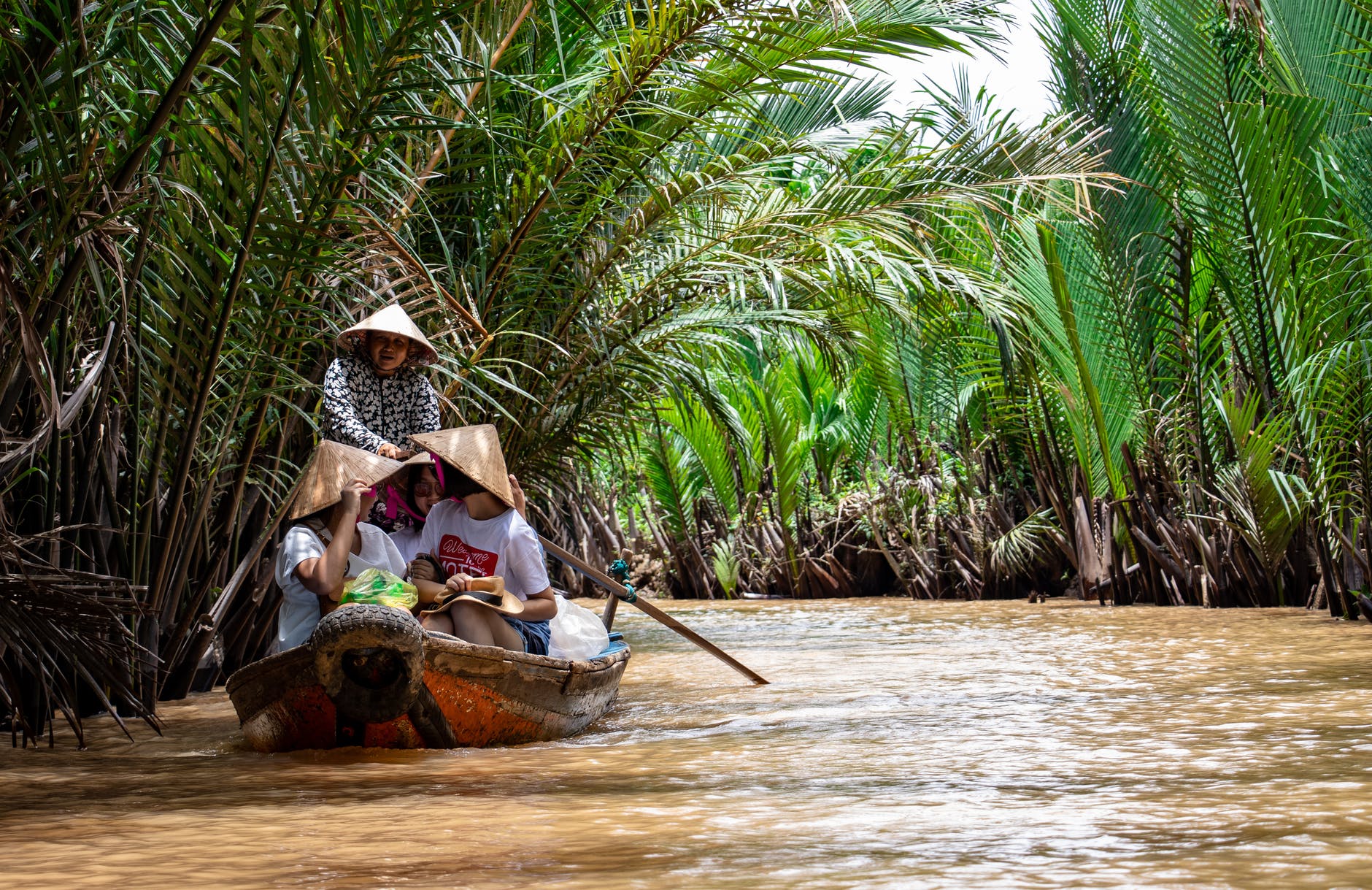We will start our Japan Travel Tips by talking about this nation. This Asian state is situated in the northern region, west of the pacific coast. In Japan’s regional language title is Nihon or Nippon, meaning “territory of the emerging sun.” It is a beautiful place of financial and commercial excellence, great heritage, technological magic, spatial mysteries, and ambiguities.
Popularly, It is the biggest creditor state in the globe. It manufactures devices, appliances, and automobiles of a global level of quality. Toyota, a Japanese car corporation, is the third-largest automaker in the world. This state’s overall population is about 127 million folks. This nation’s gross land territory is about 377,900 km2.
This region boasts 118 volcanoes. in any other nation, this amount surpasses volcanoes and creates 10 % of the overall quantity of volcanoes in the globe. Tokyo is this state’s capital city & it is the highest urban region in the globe.
The tightest escalator in the globe is in this nation and yes, it is also used. The state’s maglev bullet train is the globe ‘s speediest transport system. The earliest organization in the globe is a hotel in this county titled Nishiyama Onsen Keiunkan.
Things to Do in Japan:
- Mount Fuji
- Kinkaku-ji
- Fushimi Inari Taisha
- Arashiyama
- Sensō-ji
- Osaka Castle
- Tokyo Skytree
- Meiji Jingu
- Tokyo Disneyland
- Lake Kawaguchi
- Nara Park
Languages:
Japanese is the primary and main language of japan. However, there is no rule providing for legal status for the tongue. In the Japanese language name of this tongue is Nihongo. It is the most common tongue and Japanese use it as their first tongue by about 99 percent of the community.
You can say “Sorry” in 20 unique forms, in the Japanese tongue. Regional languages include Ryukyuan, Ainu, Nivkh, and Uilta. While Korean, a tongue heard by a tiny proportion, is among common immigrant tongue spoken in this region. In this corner of the globe, English is n’t much use.
Currency & Banking:
The yen is the primary and main currency of Japan. The bank issue note in denominations of 1000, 2000, 5000, and 10000. Whereas the coin comes in denominations of 1, 5, 10, 50, 100, 500. Normally foreign money can be converted at exchange desks, financial institutions, and a few resorts.
Finding overseas-friendly cash machines is much simpler in the metropolises, although it can be incredibly difficult in inaccessible and small-town locations. Although a growing quantity of institutions has started accepting credit & debit cards, a few locations still don’t. The most famous plastic money at this location is the Visa and Master Cards.
Tourist Visa:
Indian folks need a visa to visit this location.
Documents Required for Visa:
- Passport with 6 months validity
- Travel Itinerary
- ITR for last 3 years
- Bank Statements
- Sufficient funds
- Confirmed return air ticket
Best time of year to visit japan:
The perfect phases to explore Japan are usually from March through May and September to November. there is slight precipitation throughout the above, the weather is true and conditions are moderate. What’s more, spring’s fragile cherry blossom and fall leaves’ bright hues are strikingly breathtaking.
Warm weather in Japan is usually hot and moist all over the region. However, It’s still an excellent opportunity for outdoor voyages such as hiking. Cold weather in Japan meanwhile is an occasion for winter sports and wandering mount fuji.
Undoubtedly the northernmost Hokkaido district is the finest location to strike the trails. The monsoon season usually stretches across the majority of the region around early June to mid-July, excluding in Okinawa where precipitation occurs earlier in May.
Time Zone:
The time zone in this area is (GMT+9).
Emergency Numbers:
- Police: 110
- Fire & ambulance: 119
- Coast guard: 118
Internet:
The Internet speed in Japan is average and the prices are economical. You can buy SIM cards for your phone from the airport or one of many retailers all over this nation. All you need is the passport to get the sim card in this country. While NTT DoCoMo, SoftBank, AU, Rakuten Mobile are the major internet service providers in this location.
According to Japan Travel Tips, the areas with free wifi hotspots are restaurants, hotels, airports, and popular tourist places. Whereas about 95 percent of the population has internet access. Throughout this state’s villages, you will not face problems, the connection is decent in most places.
Electricity:
The normal voltage is 100 and the normal frequency is 50& 60. There are two kinds of electric plug and socket in this location, form A and form B. Form A is used primarily in the north and middle America, China & Japan. This device operates on type A only.
Whereas form b resembles form A and has an additional earthing link. This form operates with type A, too. However, you can use your power equipment in this location if the normal voltage in your area is between 100 140 V.
Although it is advisable to carry a travel adapter to stay connected with the world. According to Japan Travel Tips, power-cuts usually not happens in this part of the world, even in smaller areas.
Climate:
The atmosphere in Japan is primarily temperate, with 4 unique periods. The environment in Winter is very dry and bright across the pacific shore between December to February and conditions seldom fall under 0 ° C. The Spring Period is throughout March to May.
Weather conditions are hot but never very dry, and not very often rain is occurring. Around this time the popular cherry blossoms are around and there are lots of celebrations to experience. Summer starts in June, and the region encounters a wet season of 3 to 4 weeks, throughout which the planters harvest their rice.
Throughout this period it’s warm and muggy and weather conditions are frequently in the strong ’30s. In August warm weather finishes up. The fall season is between September to November, with gentle winds and colder weather conditions across 9 ° C.
Reasons to Travel:
- Natural world
- Super clean
- People
- Food
- Heritage Sites
- kawaii
- Japanese fashion
- karaoke fun
- Anime fan
- Culture
History:
Early Japanese people earn their living by farming, shooting, and collecting throughout the Jomon Era about 10,000 BC. Millennia later rice farming was brought via Korea, approximately 300 BCE. At 400 AD, the first single nation in the development of the Empire, Yamato Japan, was founded by the fathers of the present royal family.
From 710 A.d to 794 A.d there was formed for the first period a stable functional country, with the headquarters in present-day Nara. Buddhism had become the state religion of the region. Shoguns, or influential warlords of Japan, initially came to strength around 1185 A.d and 1333.
This means samurai soldiers had power across the territory and their leaders had authority. In the 1560s the Ashikaga Shogunate ruined authority. These began almost 40 years of violence when multiple forces fought to dominate Japan. Japan grew into a close nation in the initial 1600s.
Tourism overseas was prohibited, commercial interactions became quite specific and Christianity was verboten. During the late 1800s king, Meiji formally relocated Japan’s royal headquarters from Kyoto to Tokyo. Throughout the Meiji Restauration, Japan proceeded to flourish throughout the Taisho era, particularly towards the completion of world war I.
Although deflation began as a consequence of the 1923 Great Kanto Earthquake and the 1929 financial collapse. Tokyo and some leading Japanese urban areas had been victims of airborne bombing campaigns in 1944. It has brought serious damage nationwide.
Japan did struggle to retrieve after world war ii was over, as Kyoto remained the only metropolitan area remaining. In 1947, beyond democratic and security power, the King became an icon of the state. The State was prohibited to pursue a battle forever.
Culture:
From any other state, Japan has an interesting culture and will take you with a profound impact. It is a feature that makes visiting this very special nation. Japan is rightly popular for its arts & crafts standard and range. It comes with dolls, ceramics, outfits and lacquerware.
The Japanese consume enough fish than anyone else around the globe and they are the biggest consumer of seafood around the globe. Japanese Kobe beef (Wagyu beef) is popular globally for its flavor and deliciousness. Sushi, Sashimi and Tempura are one of the globe ‘s best known Japanese foods.
In Japan munching while moving is recognized to be arrogant. The classical Japanese outfit is a sign of statehood. Kimono is the region’s most popular outfit. This rotates across the body, often in many parts, and to fulfill it is fastened by locks with a large obi. It is available to both males and females. According to Japan Travel Tips, the major events of this nation are Setsubun, hanami, Obon, and Golden Week.
Religion in Japan:
According to Japan Travel Tips, Shinto and Buddhism are the two principal faiths of Japan. The Shinto is as ancient as the civilization of Japan. Throughout the sixth millennium, Buddhism arose over here. Since then, the two faiths have coexisted fairly peacefully, and to some extent have even enhanced one another.
Although many people are considered Buddhists, Shintoists, or even both. They represent approximately 92 percent of the overall community. Whereas 2 percent of the total community follow Christianity. Although others are about 6 percent of the total community, comprising local faiths and Hinduism.
Packing Tips for Japan:
- Passport & Travel map
- Backpack
- Personal toiletries
- Sunglasses
- Eyemask and earplugs set
- Comfortable Clothes
- Breathable tees
- Both sandals and closed-toe shoes
- Maps
- Black dress
- Kimono
- Chambray
- Flowy or linen pants
- Sunscreen
- Power Charger
- Toilet Paper
- Scarves
Is japan safe?
Yes, Japan is famous as a very safe area. Don’t let the standards slip and be vigilant like you should in every foreign nation of thieves and fraudsters. Mass transit and cabs are harmless and dependable. Thievery and grabbing of backpacks in visitor attractions and busy streets are not so frequent.
All the same, always be watchful and never drop your valuables in clear view. Catastrophic events happen mainly at this location and are frequent. Annually it encounters about 1500 earthquakes. Frauds can take place in this area, as in every other region which is a leading attraction for travelers.
Perhaps fraudsters do not function as often as they do in the rest of the world. According to Japan Travel Tips, it is a safe spot for Solo Women Travelers. However, stick with the mental fortitude and pursue your basic logic. Just skip remote and lonely alleys, or travel out at nighttime with unknown men.
Conclusion
However, If you need more information about Japan Travel Tips ??? Call us at +918860284198 or Contact us at [email protected].
FAQs
Travel to japan cost?
The Cost will always depend on your expectations from the trip. It starts from 1 Lakh and can go up to millions.
How many states & districts in japan?
The nation is comprised of 43 individual provinces, large metro provinces Osaka and Kyoto, one region Hokkaido, and another metropolis Tokyo. That's making the 47th total.
Japan travel restrictions?
They are trying to open the restrictions for Australia, N.Z., Thailand, Vietnam as of now. However, other countries may need to wait until September 2020.
Who is the king of Japan Now?
Naruhito is the new king of Japan. He starts his rule on 1 May 2019.
Name of japan Airlines and How Many planes they own?
The name of the National airline is JAL. Currently, they have 176 aircraft.

